Gaza ceasefire sows seeds of future conflict. What happens now?
Both Israel and Hamas have failed in their aims, so compromise was essential for peace. It will not be easy to swallow on either side.
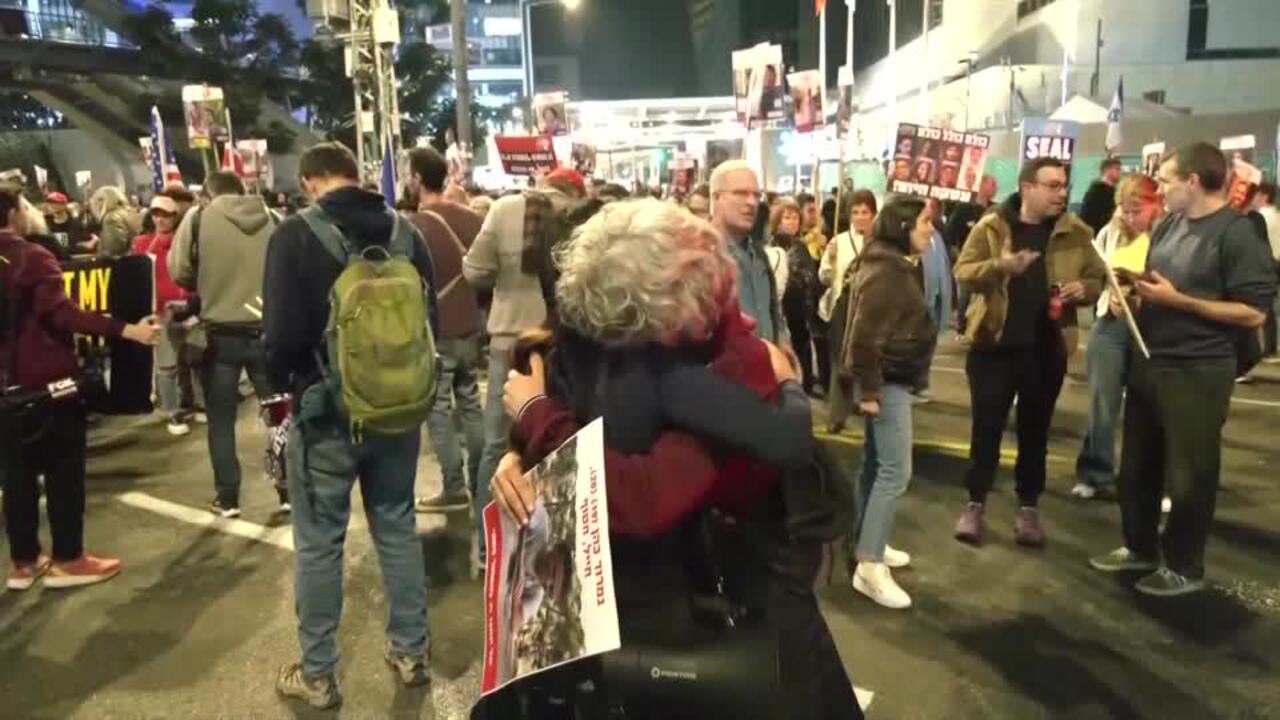
Wars regularly provoke the question “what was it all for?”, but in the case of the 15 months of fighting between Israel and Hamas the answer will also overshadow any peace the two sides can keep.
Hamas thought their assault on October 7, 2023, might lead to some collapse of Israeli defences, or at least trigger a concerted effort by the Iranian-led “resistance” to undermine the “Zionist entity’s” existence.
That has demonstrably failed, at the cost of tens of thousands of Palestinian lives.
Israel’s war aims were to destroy Hamas and release the hostages.
It has also demonstrably failed: its army, for all its prowess, was never able to free more than a handful of Hamas’s captives, and Benjamin Netanyahu has now been forced to negotiate a deal to win back those who survive.
That very negotiation presupposes Hamas’s continued existence.
Under the peace deal, both sides therefore have to make compromises. Israel’s oversight of every aspect of life in Gaza will be increased, not diminished.
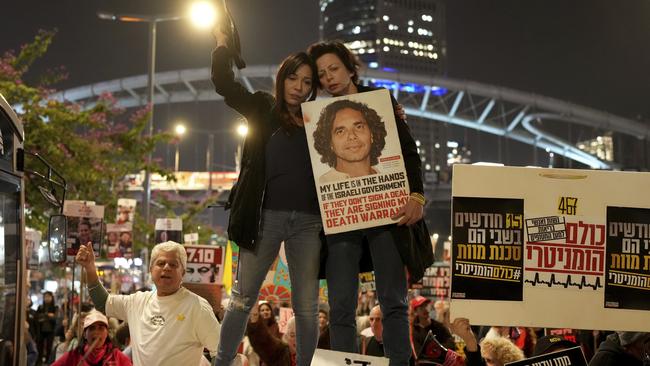
The West Bank is not part of the deal, which in effect confirms the further encroachment on Palestinian sovereignty there that the settler movement and its cheerleaders on the far right of Israeli politics have overseen under the cover of the Gaza fighting.
Israel, meanwhile, has to accept the continuance of Hamas not only as an administrative but also even fighting force, at least until some as yet unclear “reconstruction” plan is put in place for Gaza.
If compromise were a guarantee of peace, so be it, some on either side might say, and that is certainly the mood of mediators like the US, Qatar and Egypt.
However, it is also clearly the case that in these compromises lie the seeds of further fighting. Under the detailed rubric of the ceasefire deal, that might come sooner rather than later.
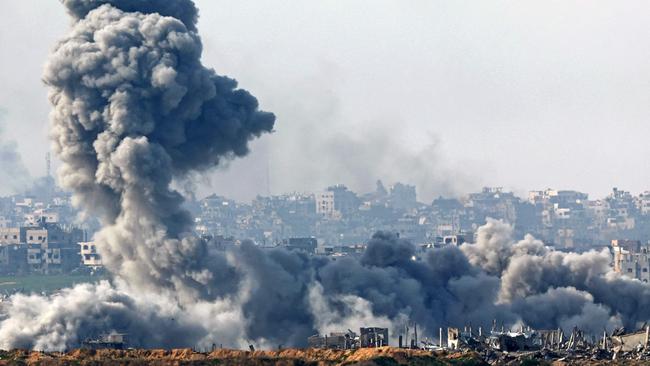
Hamas has always insisted that the deal should be a genuine ceasefire, leading to a full end to hostilities, and not worded in such a way as to allow Israel to begin attacking Gaza again after the hostages have been released.
Netanyahu, the Israeli prime minister, is under pressure from hard-right members of his coalition government not to give such a pledge.
According to previous drafts of the deal, the result is a fudge in which there is a ceasefire during the hostage-for-prisoner exchanges, leading to a full cessation of hostilities if everything goes to plan.
But parts of those plans – in particular, the need for an internationally-backed reconstruction program for Gaza that all sides agree on – are vague.
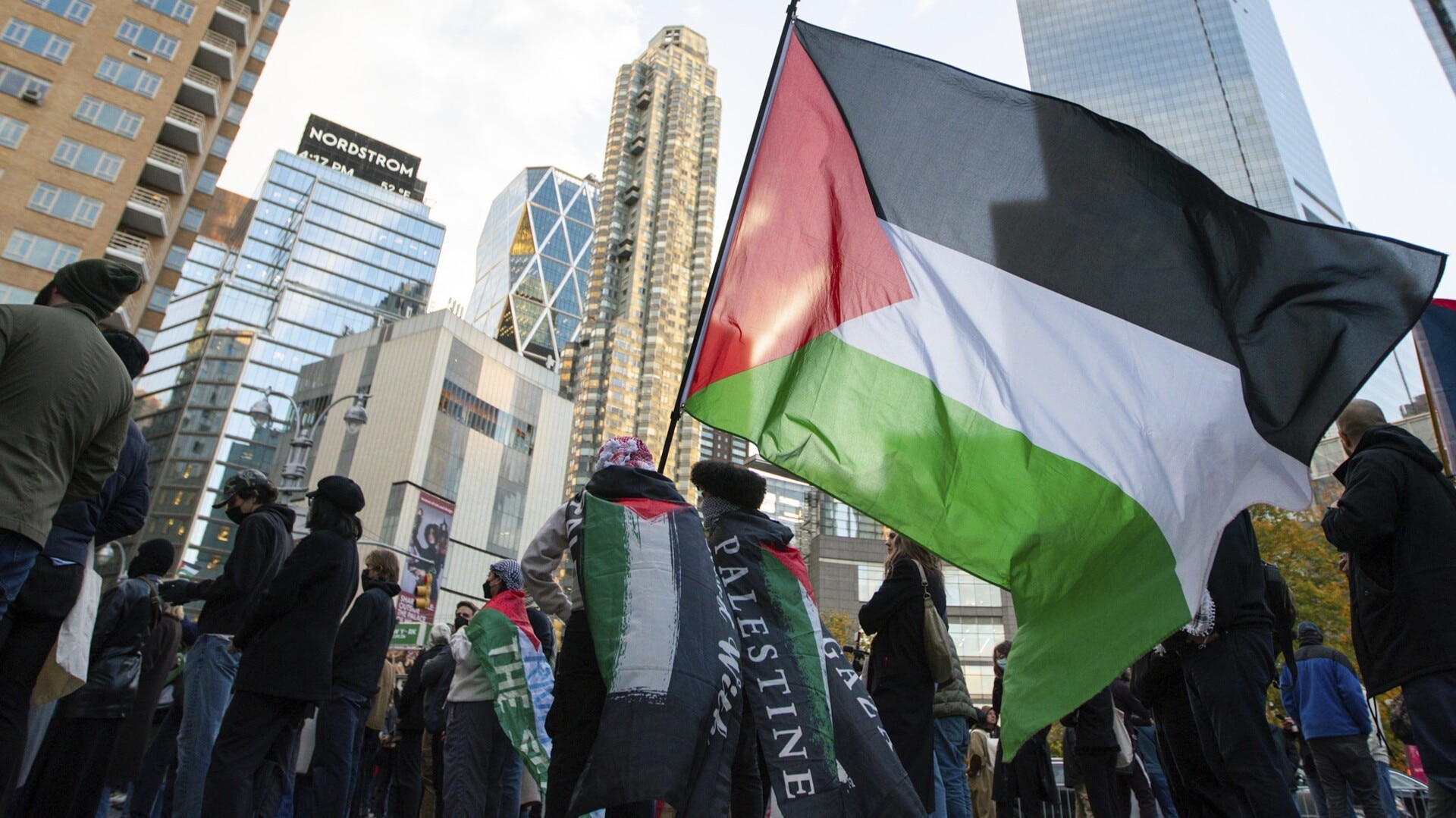
In the meantime, there are two obvious “tripwires” between the three stages of the deal that could also conceal pretexts for a resumption of fighting.
At the end of the second round, after which all living hostages will be freed, there will be substantially less pressure on Netanyahu.
Any visible signs of a threatening Hamas military presence that emerge in the meantime, particularly in northern Gaza near the Israeli towns and kibbutzim most hit by the October 7 attacks, and he will be strongly tempted to go back to war.
His most significant on-the-ground concession was to give up proposals to essentially depopulate northern Gaza as part of his “security-first” vision for southern Israel. The minute he feels that this has been taken for weakness, he is likely to take action.
The Times

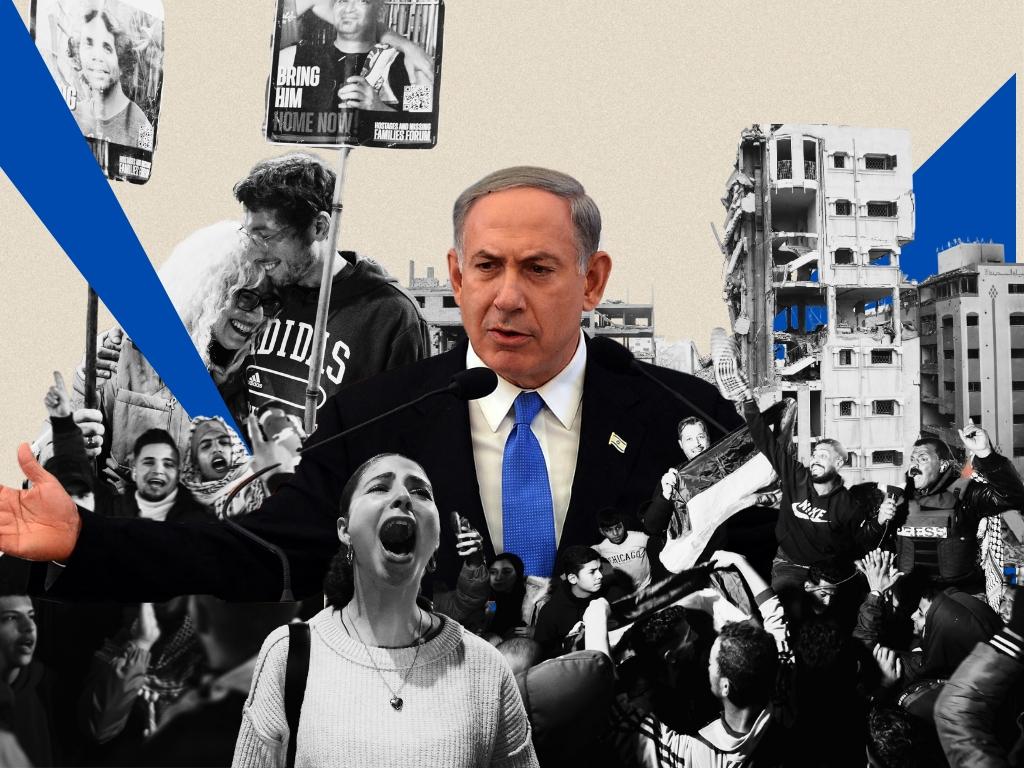
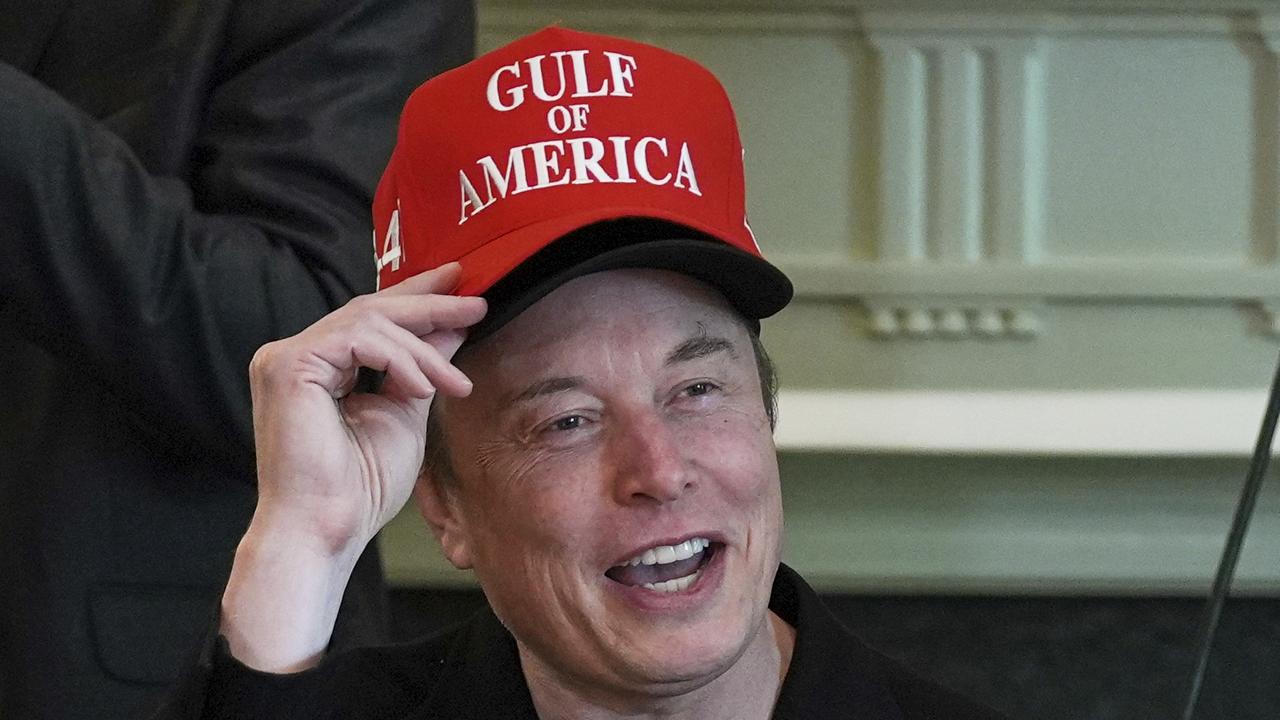
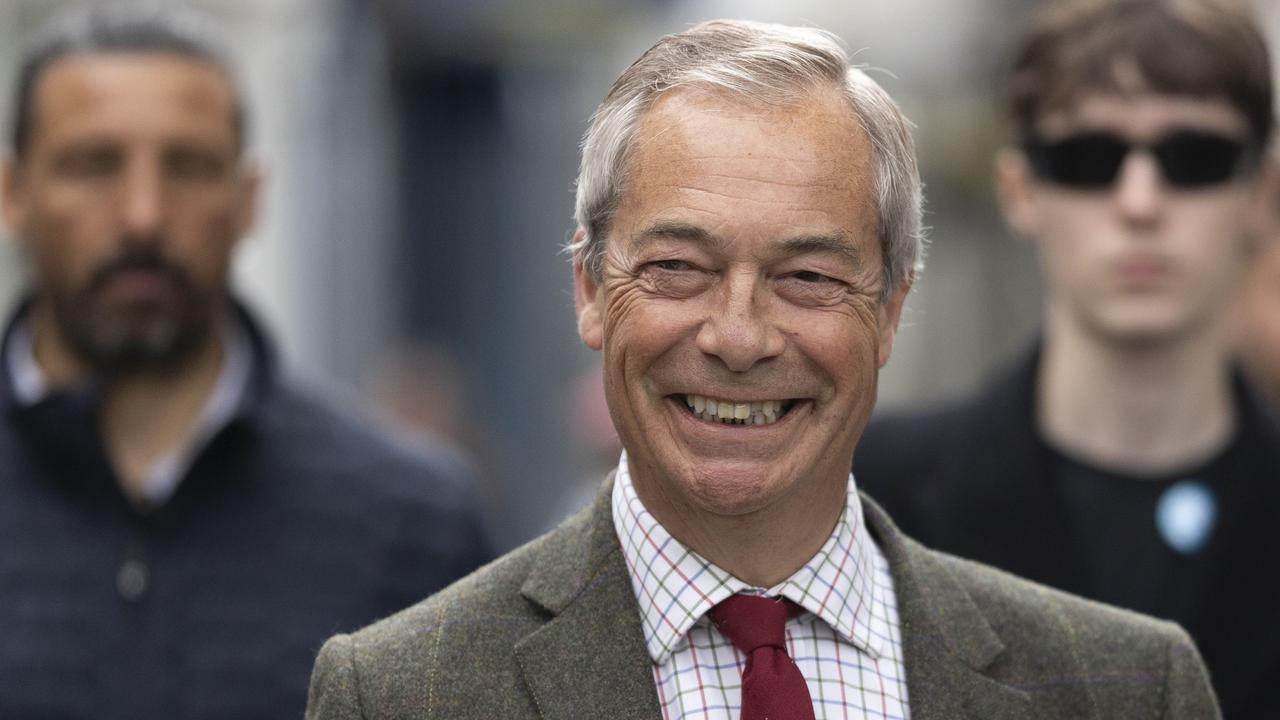
To join the conversation, please log in. Don't have an account? Register
Join the conversation, you are commenting as Logout